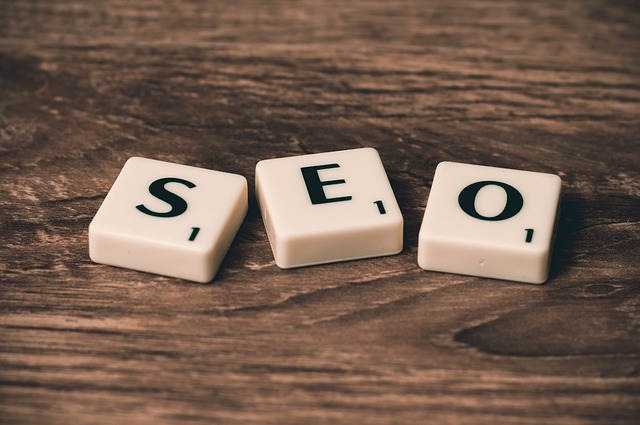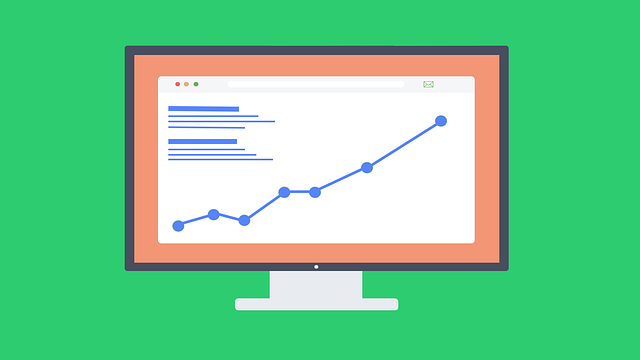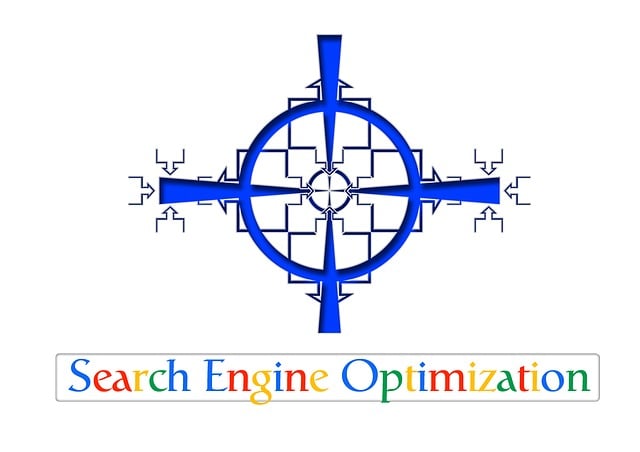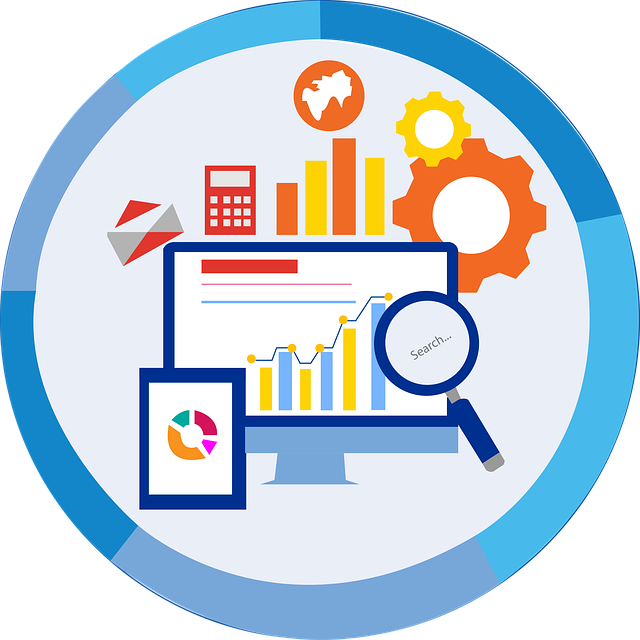Page speed is a critical component of website performance, impacting user experience and search engine rankings. Optimizing techniques such as image compression, code minification, caching, and browser rendering reduce load times, enhancing engagement and improving SEO Content Optimization. Key elements influencing speed include server response time, efficient coding practices, network latency reduction through CDNs, and using protocols like HTTP/2 or HTTP/3. Tools like Google PageSpeed Insights and Chrome DevTools aid in identifying and fixing issues. Implementing structured changes, prioritizing quick wins, optimizing HTML structure, compressing media assets, leveraging caching, simplifying CSS/JavaScript, and regular testing can significantly enhance page speed and SEO performance.
“Unleash your website’s potential with our comprehensive guide to Page Speed Optimization SEO. In today’s digital landscape, swift loading times are key to capturing and retaining audiences. This course explores the intricate link between page speed and SEO Content Optimization, revealing strategies to enhance user experience and search engine rankings. From deciphering load times to implementing technical SEO tactics and content optimization tricks, we equip you with tools and resources for effective testing and a detailed step-by-step optimization guide.”
Understanding Page Speed and Its Impact on SEO

Page speed is a critical aspect of website performance that often gets overlooked in the pursuit of creating captivating and informative content (SEO Content Optimization). It refers to the time it takes for a webpage to load fully, and its impact on user experience and search engine rankings cannot be overstated. Search engines like Google prioritize websites with faster loading times, rewarding them with higher search positions. This is because slow-loading pages can lead to increased bounce rates and lower user engagement, factors that negatively influence SEO.
Optimizing page speed is essential for maximizing the potential of your website. By implementing strategies such as image compression, code minification, caching, and leveraging browser rendering, you can significantly reduce page load times. Such optimizations not only enhance the overall user experience but also make your site more search-engine friendly, contributing to better organic reach and higher conversion rates.
Key Factors in Determining Website Load Times

Several key factors significantly determine a website’s load times, which are crucial for SEO content optimization. One of the primary considerations is server response time—how quickly your web server responds to user requests. This can be influenced by factors like server hardware, network connectivity, and hosting plan. Efficient coding practices also play a vital role; well-optimized HTML, CSS, and JavaScript files reduce the amount of data that needs to be transferred, thereby speeding up load times. Additionally, leveraging browser caching allows previously loaded resources to be reused, enhancing subsequent page loads.
Another critical aspect is network latency, which refers to the time it takes for data to travel from your server to the user’s device and back. This can be improved by optimizing images, using content delivery networks (CDNs), and reducing HTTP requests. CDNs distribute content across multiple servers globally, ensuring users access content from the nearest server, thus decreasing load times significantly. Moreover, minifying and compressing files reduces their size, leading to faster downloads and an enhanced user experience that SEO Content Optimization strategies rely on.
Technical SEO Strategies for Faster Page Speeds

In the realm of SEO Content Optimization, technical strategies play a pivotal role in enhancing page speed, a crucial factor for both user experience and search engine rankings. One effective approach is leveraging browser caching; by enabling caching for static assets like images, CSS, and JavaScript files, subsequent visits can load these elements almost instantly, significantly reducing page load times. Additionally, optimizing images through compression techniques without sacrificing quality ensures faster delivery to users’ devices.
Another powerful technique involves implementing a Content Delivery Network (CDN). CDNs distribute content across multiple servers worldwide, allowing users to access resources from the nearest server. This strategy not only reduces latency but also helps in load balancing, ensuring that even during high traffic, pages load swiftly. Moreover, utilizing HTTP/2 or its successor, HTTP/3, enables more efficient data transfer, as these protocols support multiplexing and smaller packet sizes, respectively, contributing to faster page speeds.
Content Optimization Techniques to Boost Performance

In the realm of SEO Content Optimization, techniques that enhance page speed play a pivotal role in boosting overall performance. One effective strategy is minimizing the size of media assets like images and videos. By compressing these elements without sacrificing quality, you reduce load times significantly. Additionally, leveraging browser caching allows frequently accessed resources to be stored locally, expediting subsequent requests.
Another powerful technique involves optimizing HTML, CSS, and JavaScript code. Removing unnecessary whitespace, minifying files, and combining them can lead to substantial speed improvements. Content delivery networks (CDNs) further enhance page speed by distributing content across multiple servers globally, ensuring users receive resources from the nearest location. These optimizations not only improve user experience but also contribute to better search engine rankings.
Tools and Resources for Effective Page Speed Testing

When it comes to evaluating and improving page speed, the right tools are essential. There are numerous options available that cater to different levels of expertise, from beginner to advanced users. One popular and comprehensive tool is Google PageSpeed Insights, which provides detailed reports on mobile and desktop performance. This free service offers suggestions for optimization and highlights key areas for improvement, ensuring your website aligns with SEO content optimization best practices.
Additionally, developers can leverage browser-based developer tools, such as Chrome DevTools, to analyze page elements, identify bottlenecks, and optimize assets. These tools offer insights into load times, network requests, and resource sizes, empowering you to make data-driven decisions for enhancing overall website speed. By utilizing these resources effectively, you can significantly improve your site’s performance, benefiting both users and search engine rankings.
Implementing Changes: A Step-by-Step Guide to Optimization

Implementing changes for SEO content optimization is a structured process that can significantly enhance your page’s performance. Start by identifying areas for improvement through tools like Google Search Console and PageSpeed Insights. Analyze existing content, focusing on load times, mobile-friendliness, and any technical issues flagged. Prioritize changes based on impact and feasibility; target quick wins to see immediate results while planning a more extensive overhaul.
Next, optimize your HTML structure by minimizing code size, using semantic tags, and improving header hierarchy. Compress images without sacrificing quality and leverage browser caching to reduce subsequent load times. Simplify CSS and JavaScript by consolidating files, minifying code, and removing unnecessary dependencies. Regularly test changes as you implement them to ensure they don’t introduce new issues and monitor page speed after each step for a clear understanding of your optimization impact.
